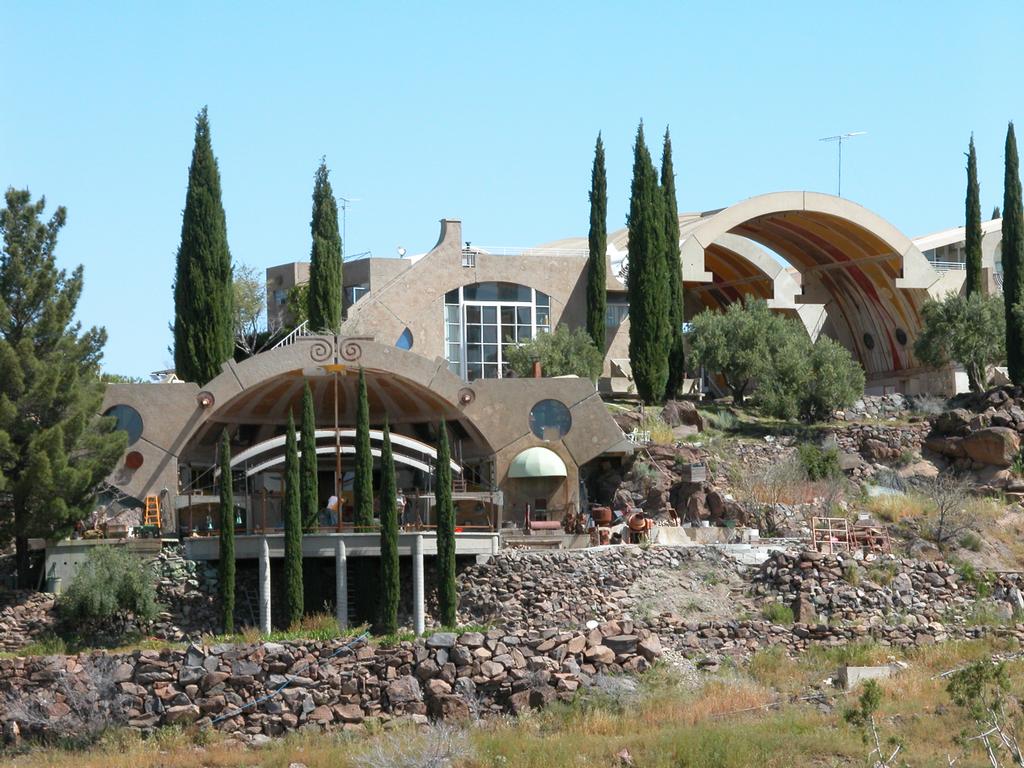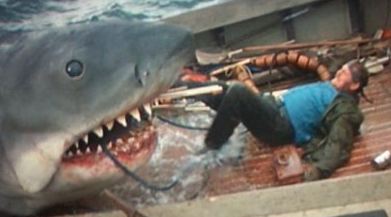Building The Place Where You Learn
Many years ago, in another life, I had the distinct pleasure of working as a musician for a dance company. We traveled west to a place called Arcosantiin the Arizona desert not far north of Phoenix close to the semi-well known ghost town of Jerome. For 10 days or so we lived, danced, hiked, and played music on the stage that was held hostage by John Cage one year earlier.

There are many remarkable facets of the archology of Arcosanti. Not the least of which is that those who lived in Arcosanti were also building Arcosanti. Those who did not build worked in the shops, made silt-cast bells in the foundry, provided food service, managed tours, and secured outside funding. They also found time to watch us create art. Improvised. Structured. Structured improvisation. Nothing. Nothing is hard. We were reminded of the saying “Dont just do something, stand there.”
Everything about being there was about engaging wholly with the location and the population. Do not get me wrong. This was not a place that, like some kind of Die-Hard/CATERPILLAR/DeWALT football team, required precision implementation and execution of plans otherwise the organization would collapse. All of those requirements were met but they were indicators of a successful ecosystem rather than an organizational structure. This is a context in which activity was meaningful, purposive, and satisfying. Living within that context and interacting and partaking for several days made an impact. I thought of staying. I wept when I returned to my position as ‘cog’ in a machine. The city I loved became ugly upon return. There was a period of mourning for what was lost in leaving. Good mourning, Philadelphia!
In thinking about educational spaces, I often reminisce about my most inspiring spaces. None of those remembrances are spaces that require my simple reaction–like the Grand Canyon–rather, those that require my engagement. Upon arrival I become a participant in the space. And this is how education should be.

Let us create spaces that inspire action instead of verbal reaction. Invite students, teachers, and visitors to create the space that they want and that they need. Even where the curricula may seem rigid, you would be surprised how flexible it becomes when the learning environment engages you as if it were participating in the process–because it is.


 our research. A common comment overheard during our conversation was “Yeah, I don’t do that” and we quickly discovered that we take similar approaches to answer similar questions about different players in a very large ‘game.’
our research. A common comment overheard during our conversation was “Yeah, I don’t do that” and we quickly discovered that we take similar approaches to answer similar questions about different players in a very large ‘game.’ own irons in the fire, there are a few footnotes I would make but the author maintains the focus on the students and they tell a great story. This book is about the voices of the students and at this task it has succeeded.
own irons in the fire, there are a few footnotes I would make but the author maintains the focus on the students and they tell a great story. This book is about the voices of the students and at this task it has succeeded.